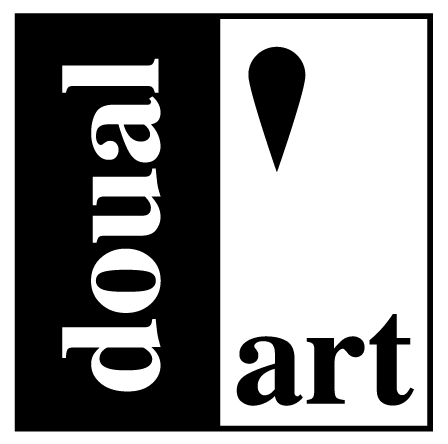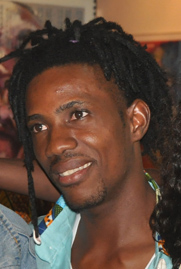Jean David Nkot est né en 1989 à Douala (Cameroun), où il vit et travaille.
En 2000, il commence à apprendre la vannerie avec Merlin Teffolo, le premier artiste qu’il rencontre. Parallèlement, il croise le chemin de K. Viking, qui en 2006 le pousse à intégrer un établissement d’enseignement secondaire d’études artistiques, l’IFA (Institut de Formation Artistique) de Mbalmayo. Il y obtient en 2007 un C.A.P en décoration, en 2009 son probatoire AF2, et en 2010 son baccalauréat AF2. Durant ce parcours, il fait la rencontre de l’artiste Jean-Jacques Kanté, qui, en tant que parrain, l’aide à améliorer sa technique. Il s’inscrit ensuite à IBAF (Institut des Beaux Arts de Foumban) en 2010, d’où il sort avec une licence en 2013. Il a été président des arts plastiques à l’Institut des Beaux-Arts de Foumban en 2011-2012.
Ses thèmes de prédilection sont la violence, l’indifférence et la passivité de la communauté internationale et des gouvernements face aux victimes. Il structure sa démarche artistique autour d’autres thèmes tels que l’affranchissement, l’immigration, la paix et les questions de mémoire. Il espère, grâce à son travail, une prise de conscience de ces maux par le public, une recherche de solutions et une incitation à la paix.
S’il a visité l’installation et la performance, il explore en peinture, son medium habituel, la technique du pochoir, de l’écriture de textes en surimpression sur des visages violentés. Loin d’attirer l’attention du contemplateur sur l’identité de la personne représentée, il met plutôt en exergue, à la manière de Zhang Dali, Francis Bacon et Jenny Saville, l’expression de la tourmente qui habite «ses » personnages.

